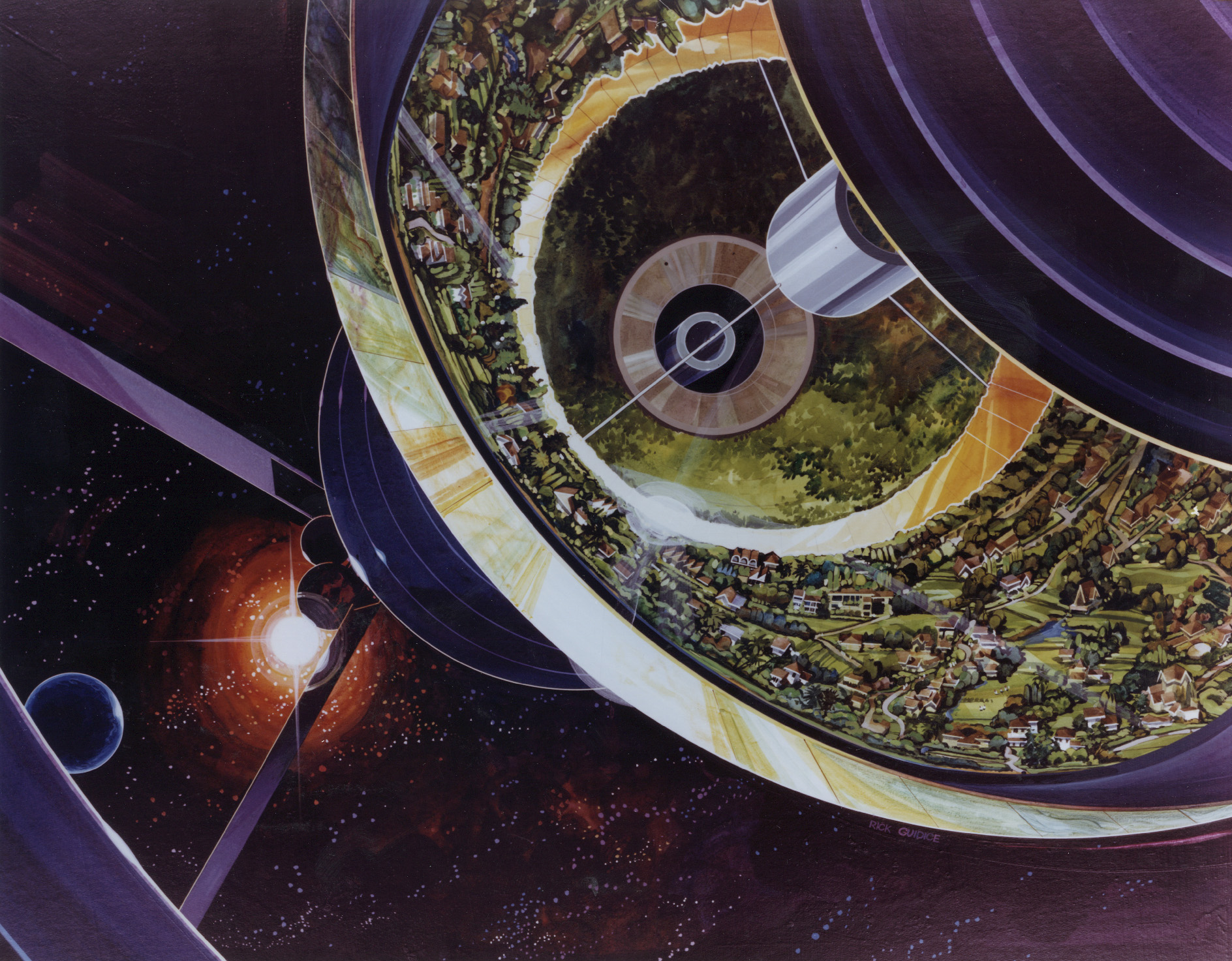
Galactic cosmic radiation poses a significant risk to humans in deep space. If a type of shielding could be found that could be “grown” through biotechnology starting from microscopic sources, significant savings in mass needed to be launched from Earth could be realized. It is already known that certain fungi can convert high-energy radiation into chemical energy through a process called radiosynthesis, analogous to photosynthesis in plants. Fungi have been found thriving in extremely radioactive environments such as the Chernobyl Nuclear Power Plant and even on the exteriors of spacecraft in Earth orbit.
In a paper just uploaded to the preprint server for biology bioRxiv, results of a study carried out on the International Space Station have shown that a microbial lawn of the fungus C. sphaerospermum can be cultivated in microgravity and not only consumes and thrives on radiation, it provides shielding that if scaled up, could sufficiently protect humans in deep space settlements.
